Do you ever wonder, what does Mesoamerica mean? This name appears in the history books we read at school, but the discussion and research about the breadth of its territory and culture needs to be explored even more.
The word “Mesoamerica” has a Greek origin for the prefix “meso” which means “between something” or in between. The academic designation for all countries occupied by or significantly influenced by the Aztec, Maya, Teotihuacan, Toltec, and Olmec cultures from about the 26th century B.C. until the arrival of the Spanish conquerors at the end of the 15th century A.D. These were the civilizations that had trade routes that spanned from Mexico to Central America. For example, the Olmecs were interested in the colors of jadeite they could not get locally in Veracruz or Guerrero, Mexico. The Aztecs were eager for exotic products literally from most of Mexico and far south to Costa Rica. The Teotihuacan merchants and rulers also interacted with Guatemala and Honduras. Technically, that’s the way Mesoamerica is configured, by its trade routes which cover the southern half of Mexico, Guatemala, El Salvador, Belize, western Honduras, and Nicaragua, and in some cases also includes Costa Rica.
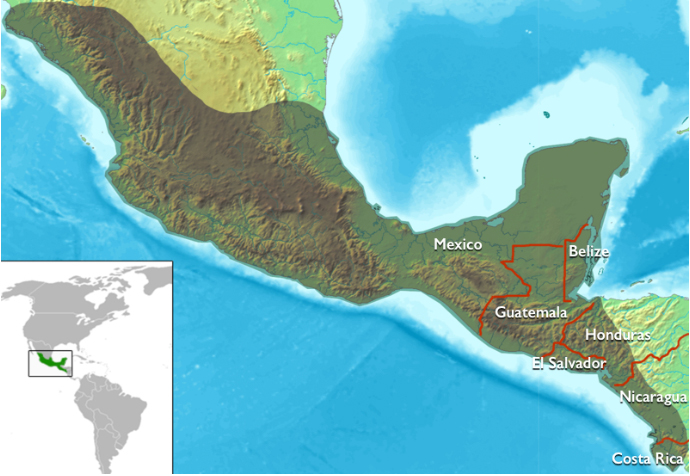
Source: www.khanacademy.org/humanities/art-americas/beginners-guide-art-of-the-americas/mesoamerica-beginner/a/mesoamerica-an-introduction
When the Spaniards went in searching for a shorter route to reach the “East Indies” (the south of the Asia continent), they never thought of encountering a complex civilization that had their own social, political, and military system with unique traditions and cultures. Trying to name this territory and its people become a great dilemma, erroneously defined as the “West Indies”, to differentiate them from the East and later went on to be designated as “America”. Paul Kirchoff defined this territory as a cultural zone where its inhabitants speak a great variety of different languages, but are united by specific characteristics that they share, as well as a common history. However, a weight of their similarities they never achieved a political unity of their nations. Later their territories were conquered and colonized by a part of the Spanish Empire, forming what is now known as Latin America.
Mesoamerican culture was recognized for its unique characteristics such as its architecture, ceramics, the ball game, its art and its world view and above, all its agriculture. Until the middle of the 20th century, the Middle East was conceived as the cradle of civilization for the domestication of animals and plants. This area was an important part of the sustenance of European countries. However, the finding of the Spanish showed the existence of a “new world” that involved a completely different culture and that carried out unique practices. Then, the results from various investigations carried out over time, shown that Mesoamerica is one of the most important domestication sites for plants, mainly for corn, which gave rise to the various societies that occupied this area.
The origin and place were Maize and each species was domesticated is still unknown., what we know is that was taken from one place to another creating a diffusion system that distributed this crop covering the entire area. So the cultivation of corn in milpa, (milpa is a crop technique with beans, squash, chili and other plants) was adopted by people that belonged to 16 language families who entered at different periods and settled in multiple regions with its specific ecological conditions. Later they adopted to their own biodiversity and at the same time originate a cultural diversity. As a result, the formation of approximately 250 different language peoples was obtained, which wove a life around the cultivation of corn. It was the center of a new history of exchanges, alliances, disputes and even the construction of a new worldview.
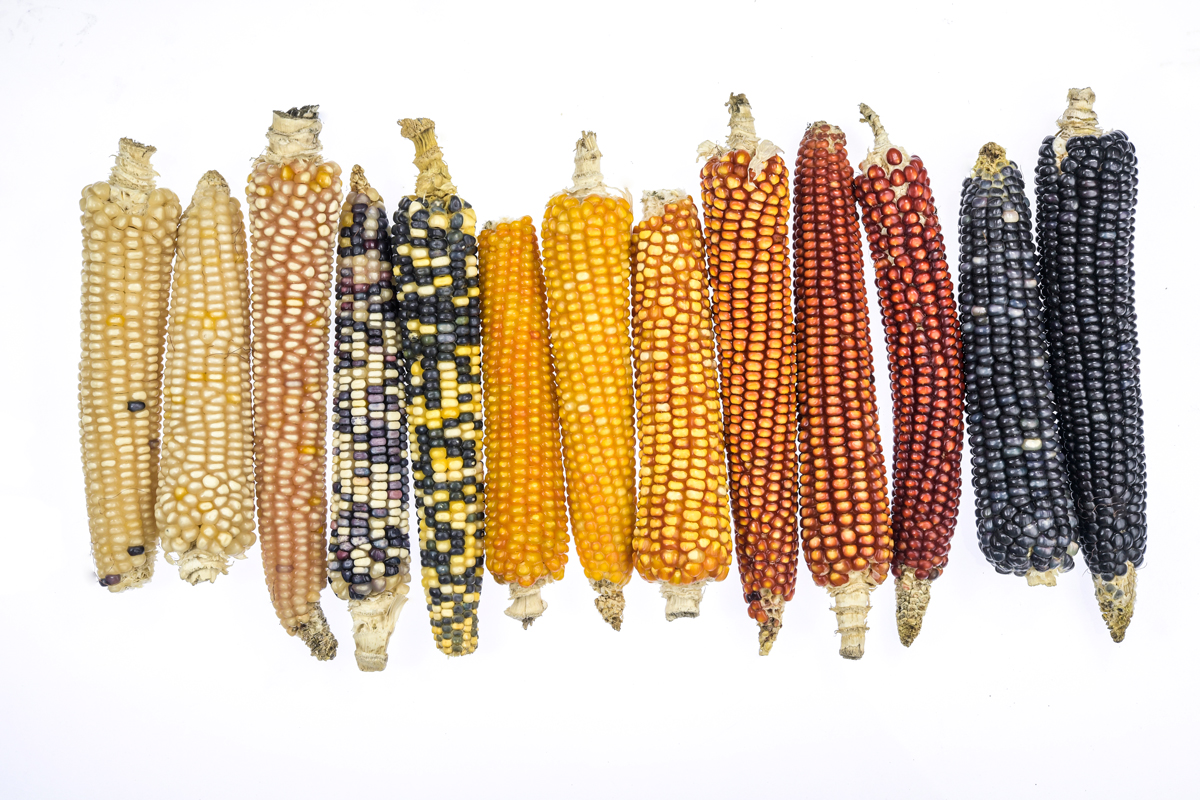
Its geographical position defined the region at a strategic point, since it was located in the middle of the Atlantic and Pacific oceans. Besides being a natural barrier between two main oceans, it is a land bridge between two important continents. Something more special occurs here: one of the most biodiverse areas in the world, with a multitude of natural landscapes, a diverse geology, one of the largest oil reserves and an incredible abundance of fresh water, in fact the largest in the Americas. These characteristics favored the development of civilization, since it gave rise to an abundance that contributed much more than they needed and allowed the constant exchange of goods.
Stehli and Webb (1985) mention that the union of North and South America, about three million years ago, facilitated the Great American Biotic Exchange that witnessed species such as possum and armadillo moving north across the isthmus as they crossed ancestors of llamas, cats and bears. in South America Many authors also explain that important exchanges of avian and plant biodiversity also took place. Partly due to this biogeographic history, Mesoamerica is considered one of the original 25 global biodiversity hotspots and is home to more than 5,000 endemic species of vascular plants and 210 endemic species of mammals.
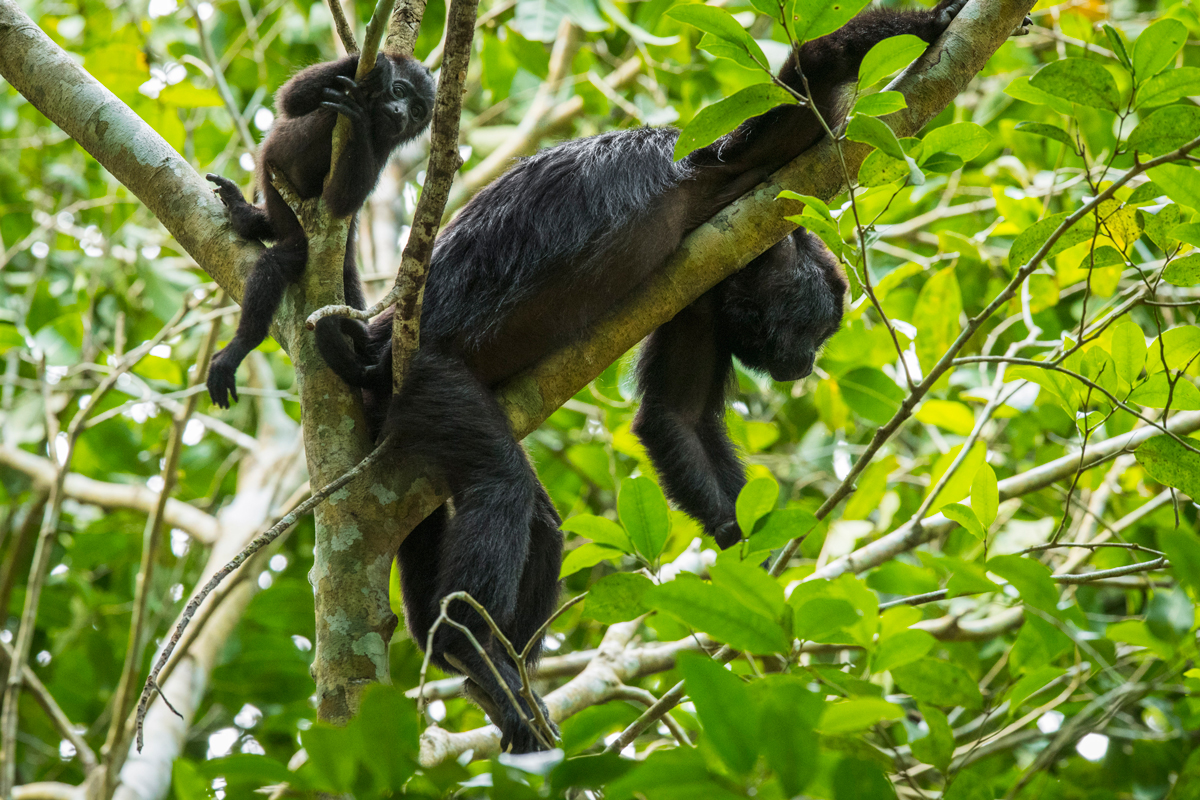
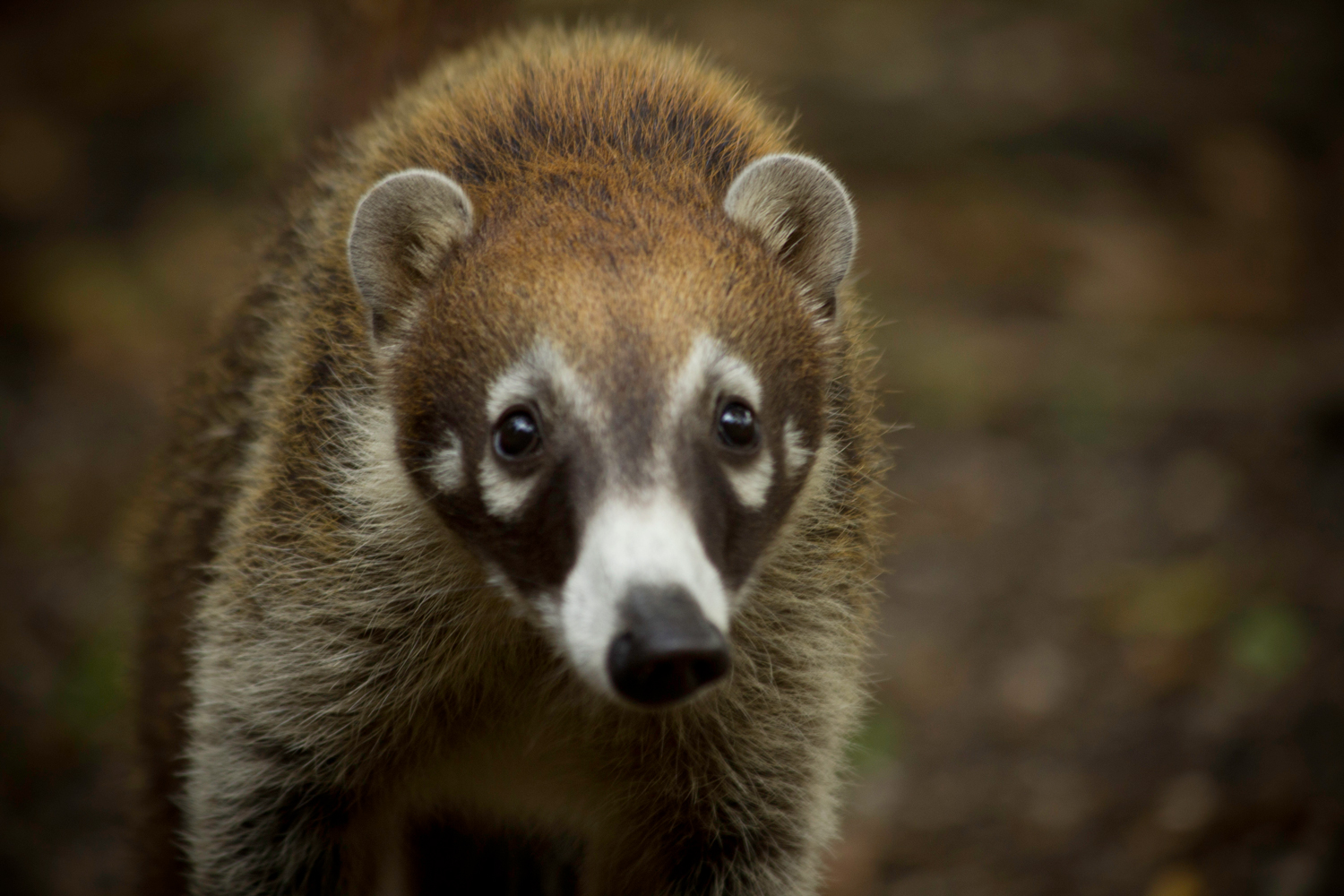
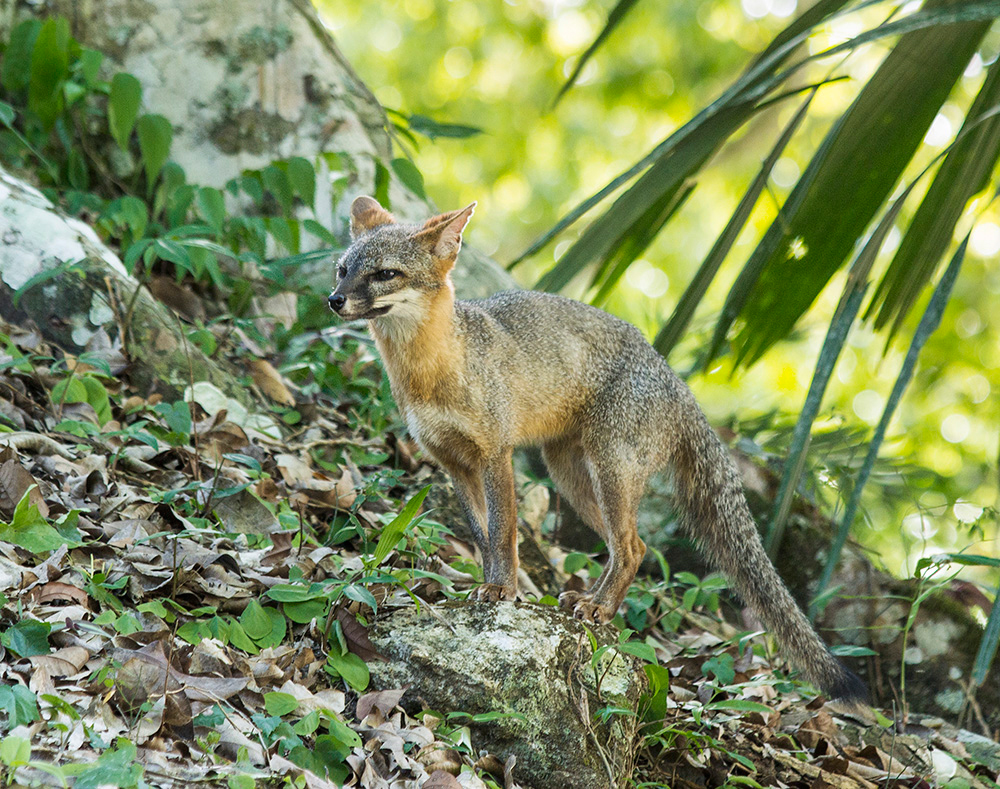


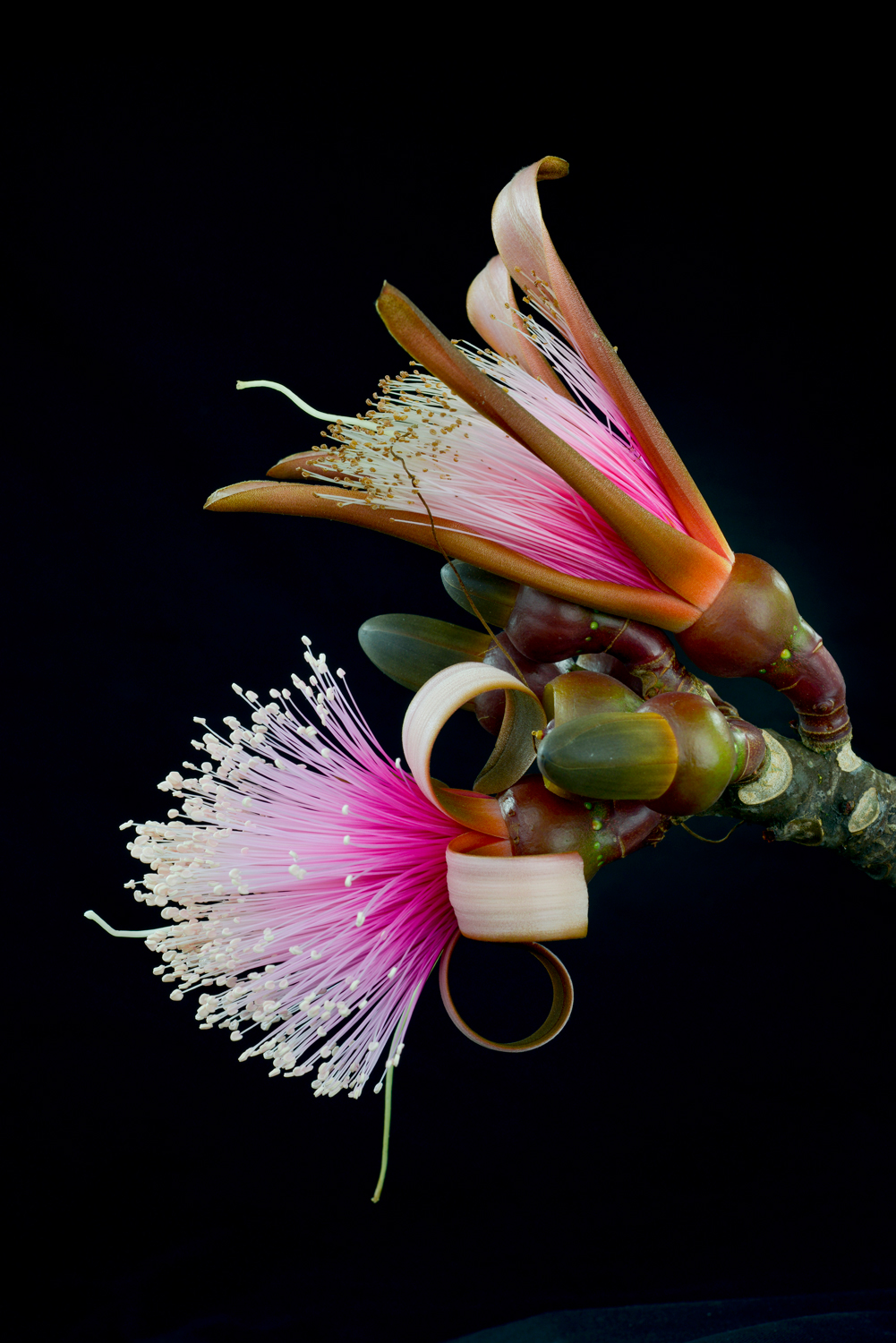
For this reason, FLAAR Mesoamerica team is interested in document the biodiverse that characterizes the area and divulge this information.
You can visit our web sites and learn more about the flora, fauna, culture and archeology of Mesoamerica:
BIBLIOGRAPHY FOR FURTHER RESEARCH
- 2011
- Mesoamérica o el Proyecto Mesoamérica: La historia como pretexto. Liminar
vol.9 no.1 San Cristóbal de las Casas.Available Online:
www.scielo.org.mx/scielo.php?script=sci_arttext&pid=S1665-80272011000100010
- 2009
- El origen del maíz naturaleza y cultura en Mesoamérica Ciencias, Núm. 92 – 93,
octubre-marzo, 2009, pp. 4-13 Universidad Nacional Autónoma de México MéxicoFree Download:
www.redalyc.org/pdf/644/64412119003.pdf
- 1995
- Domesticación de plantas y origen de la agricultura en Mesoamérica. Ciencias
No. 40 Octubre-Diciembre.Free Download:
http://revistas.unam.mx/index.php/cns/article/download/11474/10799
- 2010
- Biodiversity conservation in human-modified landscapes of Mesoamerica: Past,
present and future. Biological Conservation, Vol. 143, Issue 10, pages 2301-2313.Free Download:
www.sciencedirect.com/science/article/abs/pii/S0006320710001151
- 2001
- Origin and Environmental Setting of Ancient Agriculture in the Lowlands of
Mesoamerica. Science, New Series, Vol. 292, No. 5520, pages 1370-1373.
American Association for the Advancement of Science.Available Online:
www.jstor.org/stable/3083770
First posted, April 2020
Note by Vivian Hurtado, FLAAR Mesoamerica (Guatemala).

